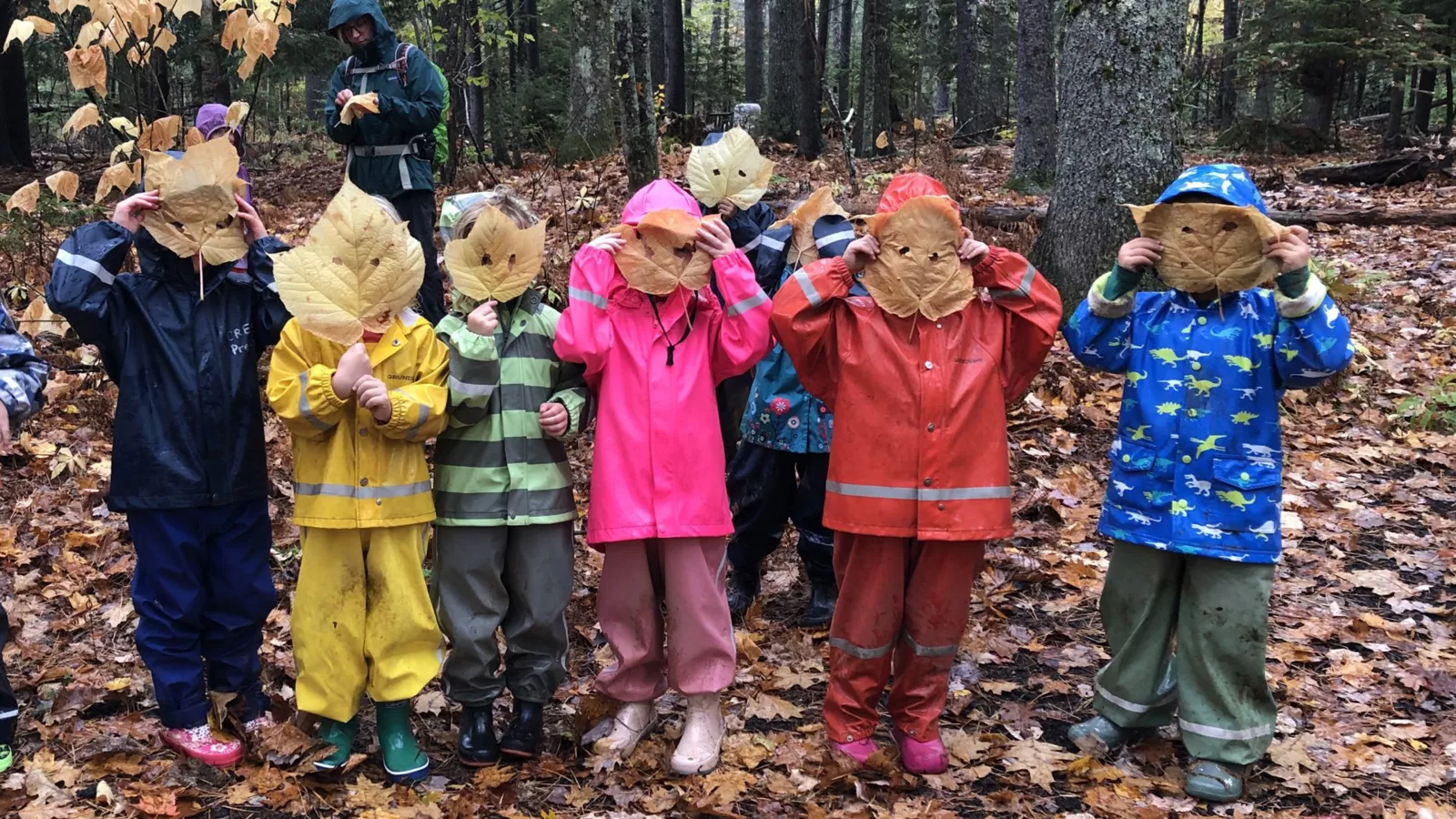Heather Bowen's pre-K students are trailblazers in more than one way. Every day, they blaze pathways to learning in their forest classroom. Meanwhile, the program at Camden-Rockport Elementary School also is the first nature-based, outdoor pre-kindergarten in a Maine public school.
Listen and Learn about the Trailblazers!
Elapsed time: 0:00
Total time: 0:00Into the Woods
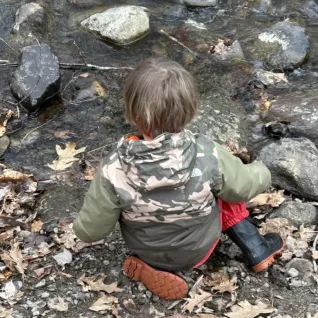

Heather Bowen
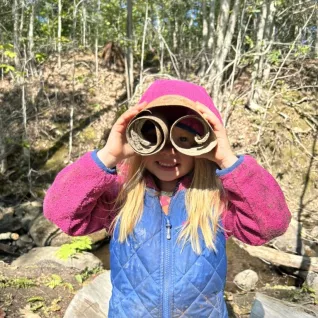

Heather Bowen
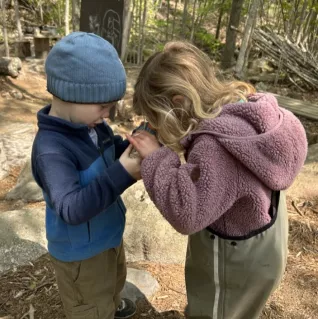

Heather Bowen
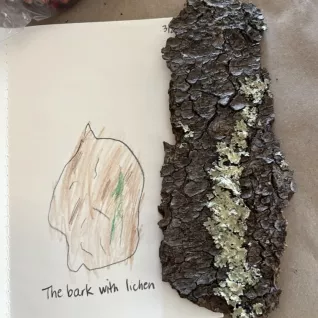

Heather Bowen
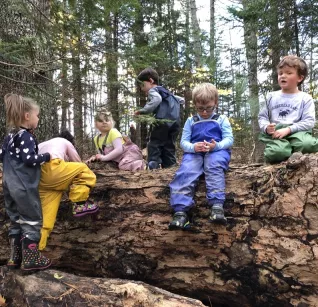

Heather Bowen
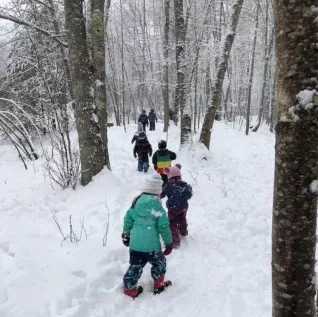

Heather Bowen
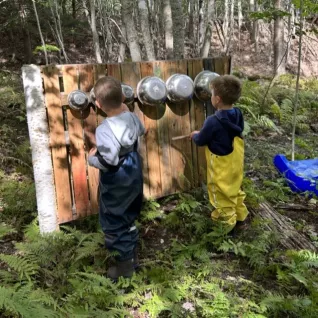

Heather Bowen
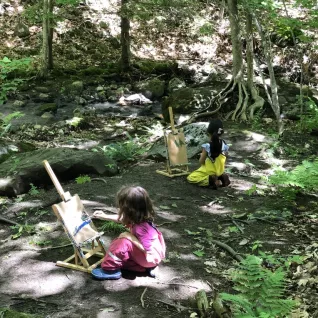

Heather Bowen
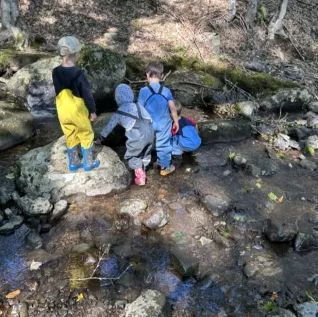

Heather Bowen
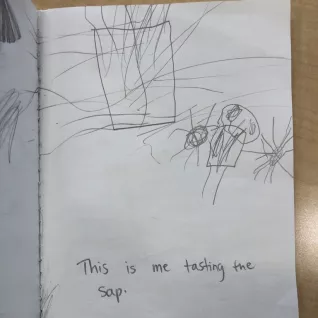

Heather Bowen
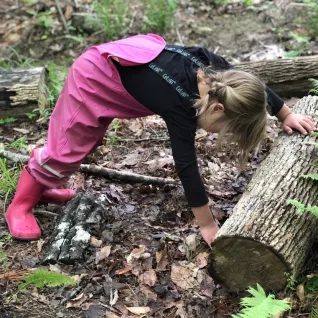

Heather Bowen
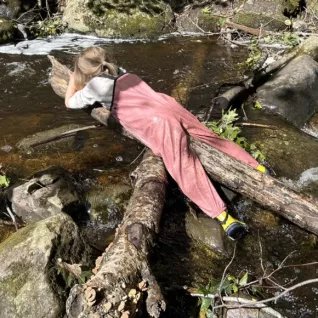

Heather Bowen
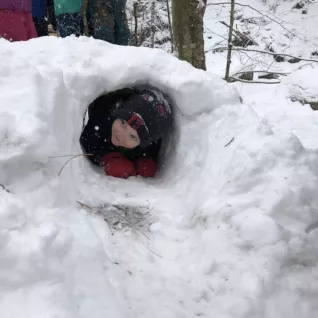

Heather Bowen
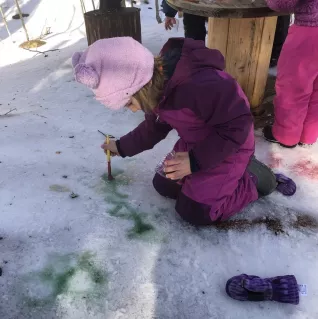

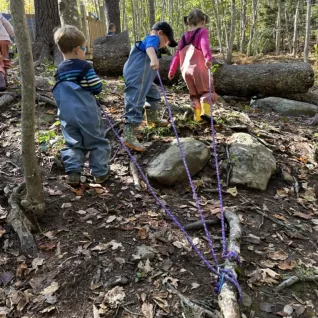

Heather Bowen


Heather Bowen
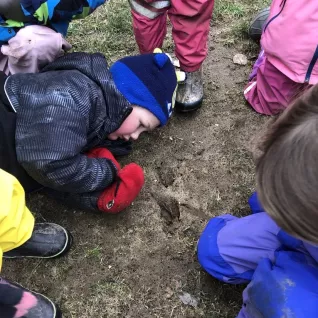

Heather Bowen
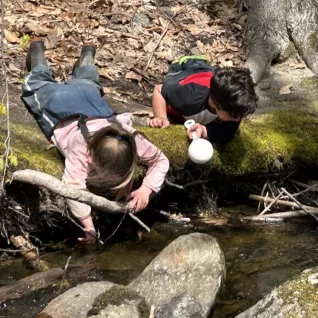

Heather Bowen
Suggested Further Reading
-
Penn State researchers have put together resources showing the benefits of nature-based learning. Just two hours a week makes a difference!
Penn State University
-
The Children & Nature Network's research library curates peer-reviewed research that makes the case for connecting children with nature.
Children & Nature Network
